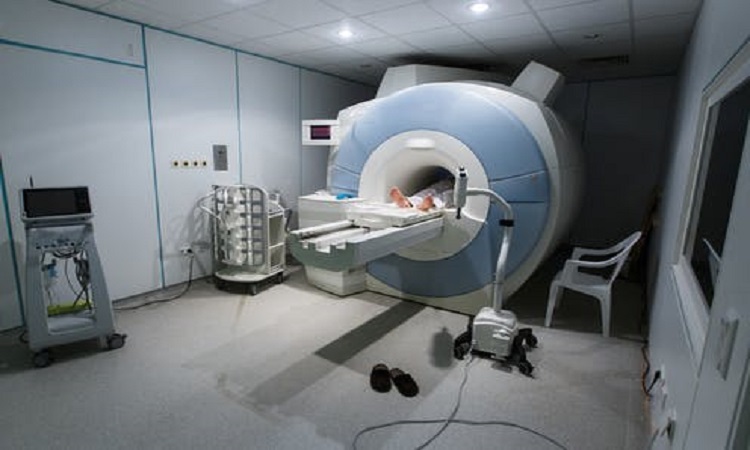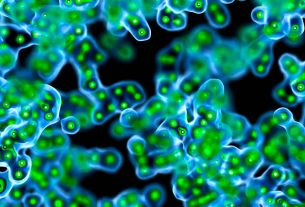Chinese researchers have made progress in deep brain stimulation of non-invasive ultrasound (UDBS) for the treatment of Parkinson’s disease through mouse experiments, according to a study recently published in the journal Research.
The cause of Parkinson’s is mainly related to the dysfunction of the deep brain nuclei and the neural circuit. Until now, the physical modulation of the deep brain nuclei and their circuit has been the traditional standard method for the treatment of brain diseases.
Ultrasound, a mechanical wave, also has excellent prospects for intervening in and curing brain diseases. A research team from the Shenzhen Institutes of Advanced Technology of the Chinese Academy of Sciences showed that stimulation of the UDBS of the subthalamic nuclei (STN) or the pale balloon (GP) could improve the motor behavior of mice Park with Parkinson.
Through the data, the scientists verified that the UDBS allows the modulation of the neural activity of the STN or GP and leads to the neuroprotection of mice with Parkinson’s, which may serve as a non-invasive strategy for the clinical treatment of disease, according to the document.
Experts have also developed a wearable ultrasound transducer with precision millimeter level stimulation, which can focus precisely on the deep core of mice with evil.




